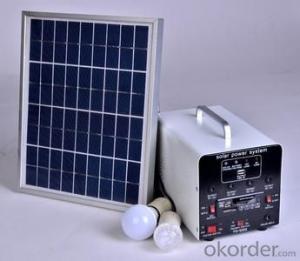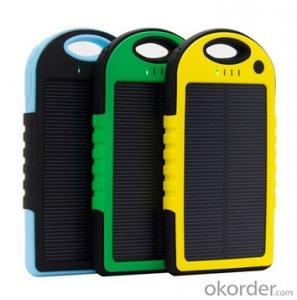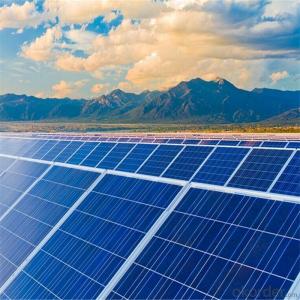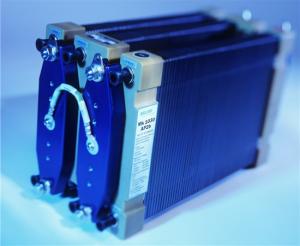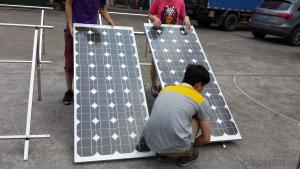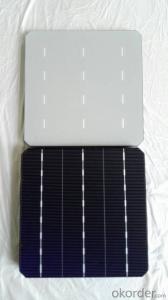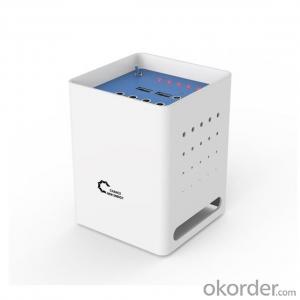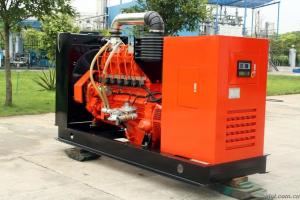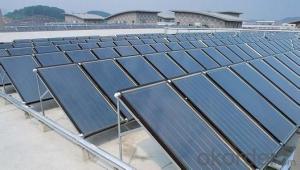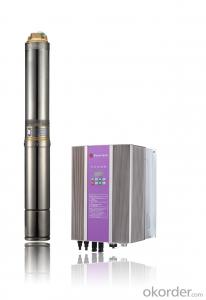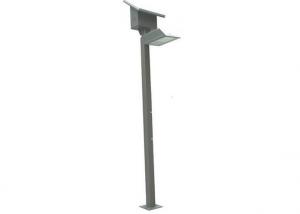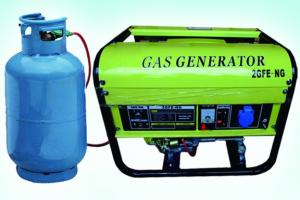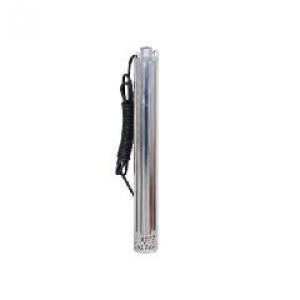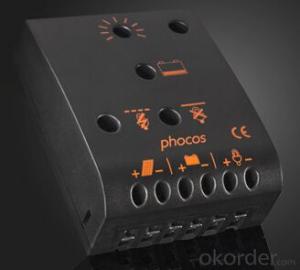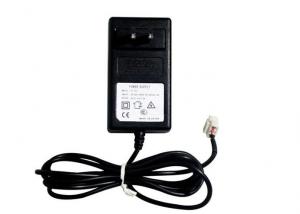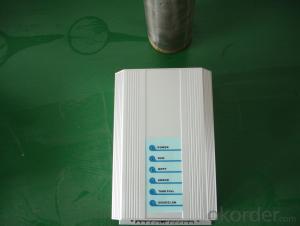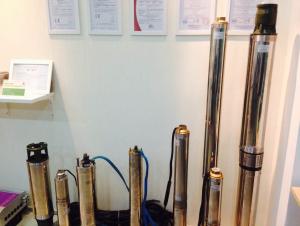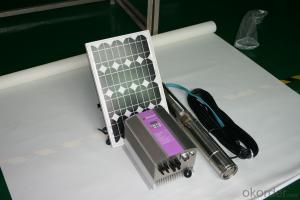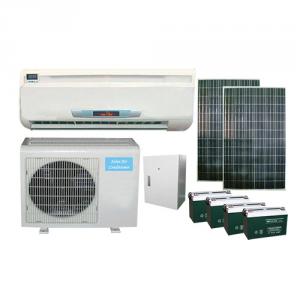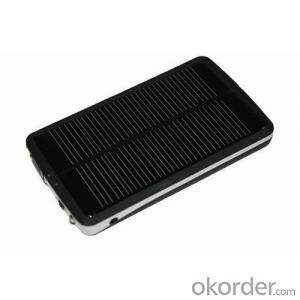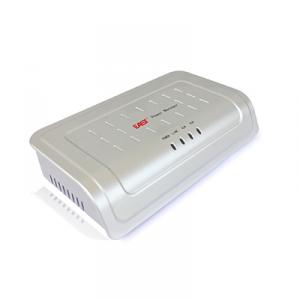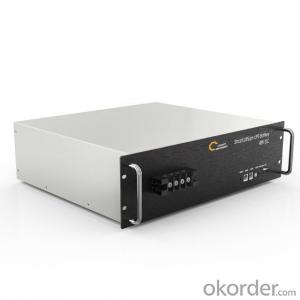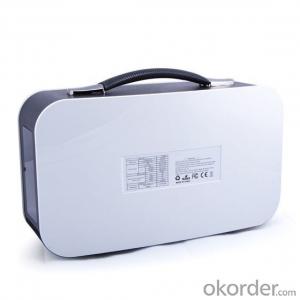Solar Cell Power Generation
Solar Cell Power Generation Related Searches
Solar Electricity Generation Production Of Solar Cells Solar Energy Cells Solar Cell Module Solar Energy Generation Systems Creating Solar Cells Building Solar Cells Solar Power Module Energy Transfer In Solar Cells Build Solar Panel From Cells Solar Module Power High Power Solar Cells Generation Of Electrical Power Electric Solar Cells Solar Cell Solar Module 1st Generation Solar Cells High Performance Solar Cells Efficiency Of Solar Cells Solar Cell And Solar Module Photovoltaic Solar Cells Buy Solar Cells Solar Cell Module Assembly Solar Power Energy Systems Cost Of Solar Cells First Generation Solar Cells 12 Volt Solar Cells Satellite Solar Cells Printable Solar Cells High Output Solar Cells Cost Solar CellsSolar Cell Power Generation Supplier & Manufacturer from China
Solar Cell Power Generation encompasses a range of photovoltaic products that convert sunlight into electricity, harnessing the power of the sun to provide clean and renewable energy. These products include solar panels, inverters, batteries, and mounting systems, all designed to work together to efficiently generate and store solar power. They are widely used in residential, commercial, and industrial settings, as well as in off-grid applications, to reduce reliance on fossil fuels and lower energy costs.The application and usage scenarios of Solar Cell Power Generation are vast, making it an increasingly popular choice for those seeking sustainable energy solutions. From powering homes and businesses to providing electricity in remote areas without access to the grid, these products offer a versatile and eco-friendly alternative to traditional energy sources. They are also used in various outdoor applications, such as street lighting, security systems, and electric vehicle charging stations, demonstrating their adaptability and practicality in diverse environments.
Okorder.com is a leading wholesale supplier of Solar Cell Power Generation products, boasting a large inventory that caters to the needs of various customers. With a commitment to quality and customer satisfaction, Okorder.com ensures that their products meet the highest industry standards and are available at competitive prices. This makes them an ideal choice for those looking to invest in solar energy solutions, whether for personal use or as part of a larger-scale project.
Hot Products

